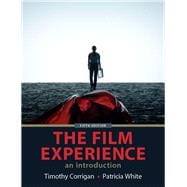Enjoy a more poignant film experience by diving into the details which built modern-day cinema as Film Experience combines, technology, business, the visual language of film, and its history into a single, cohesive presentation of this ever-evolving medium.








